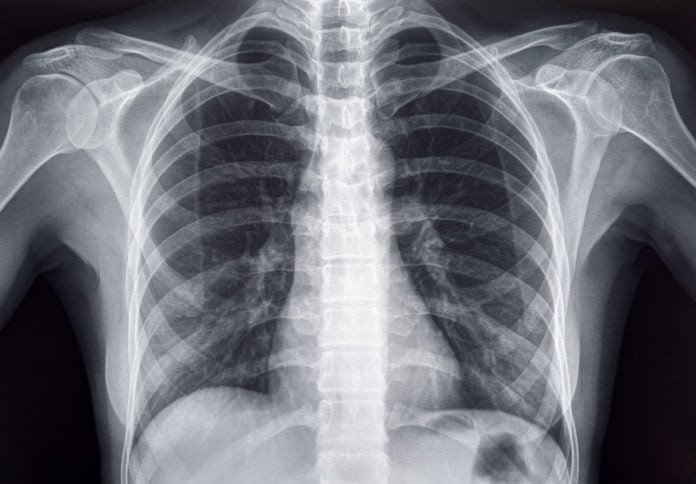Freediving, like any other sport, has its own risks of injury. Many of these injuries include pressure-related injuries, called barotraumas, due to gases in various body structures compressing as a result of increased pressure. This can cause pain and damage to the body’s tissues. Freedivers commonly use the term “squeeze” to refer to a barotrauma, which is why you may hear terms like “lung squeeze” instead of “pulmonary barotrauma.” Let us take a look at which parts of our body are likely to suffer from pressure-related injuries while freediving.
Mask Squeeze
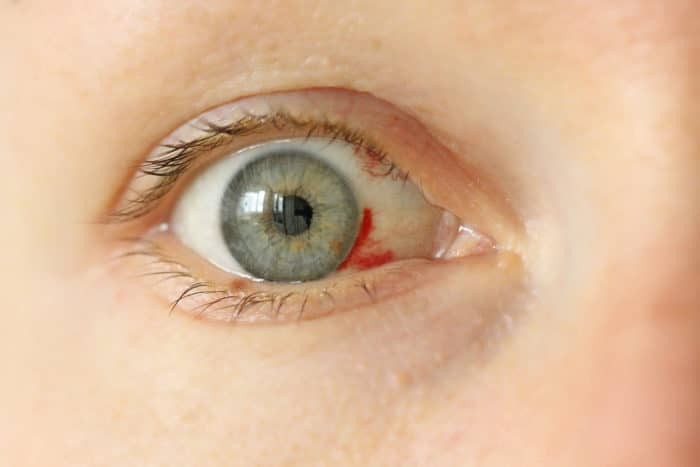
Mask squeeze occurs when a freediver’s mask is not equalized properly on descent. As the mask turns into a vacuum and squeezes closer to the face, if not equalized correctly, the soft tissues underneath the mask (especially around the eyes) swell and become discolored, and blood spots may appear in the whites of the eyes (called sub-conjunctival hemorrhage). If there is pain or any loss of vision, which is rare, immediately seek medical attention. Otherwise, any swelling or blood spots in the eyes usually disappear within a few days.
Mask squeezes are more likely to happen to beginner freedivers who are nervous or overwhelmed with all the new skills and forget to equalize their masks on descent, or do not know how. Sometimes, freedivers performing variable weight dives with a mask may forget to equalize the mask, or not be able to do so in time. Masks that are too tight may also cause a freediver to be more prone to mask squeeze.
Perforated/Ruptured Ear Drum
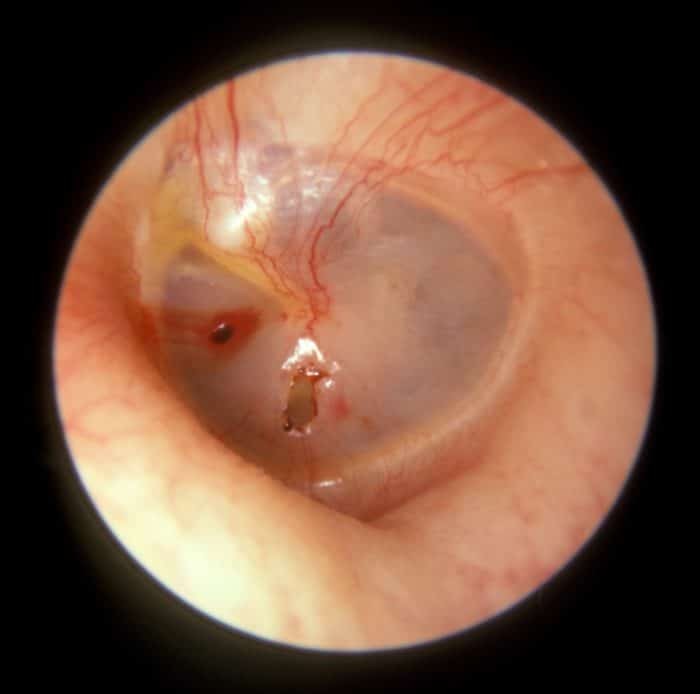
If a freediver misses an equalization, or cannot equalize and continues to descend past the point of pain, the eardrum can become perforated; the medical term for this is tympanic membrane rupture. This rupture can range from a small hole to a sizable tear in the thin tissue that separates your ear canal from your middle ear. This can result in sudden, sharp pain in your ear, pus or blood drainage from the ear, hearing loss, noise in the ear (tinnitus), or vertigo. Sometimes a perforated eardrum can be recognized by bubbles coming out of the ear while a freediver is equalizing underwater. It is important to see a doctor if you suspect you have perforated your ear drum, and to stay dry for as long as the doctor recommends, so as to avoid a middle ear infection.
Middle Ear Squeeze
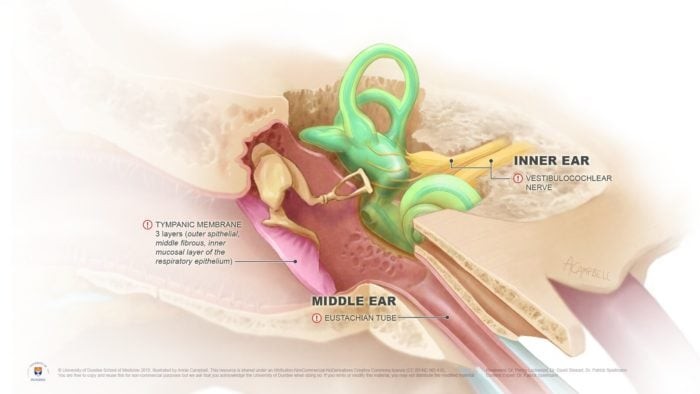
Symptoms of a middle ear squeeze, also called barotitis media or a middle ear barotrauma, usually can be felt immediately after a dive, but might be felt a day later. Upon descent, if there is an obstruction in the Eustachian tube such as from a cold, allergies, or having poor equalization technique in general, a freediver may be unable to achieve equalization. This creates a vacuum in the middle ear space, which strengthens as pressure increases, causing the eardrum to bulge inward, swollen tissues, and a leakage of fluid and blood in the middle ear, partially or completely filling it. Descending further may cause a ruptured eardrum. This can cause a feeling of fullness in the ear, similar to feeling as if you cannot get water out of your ear, along with muffled hearing or hearing loss. If you suspect a middle ear squeeze, stop diving, stay dry, and see a medical professional.
Sinus Squeeze
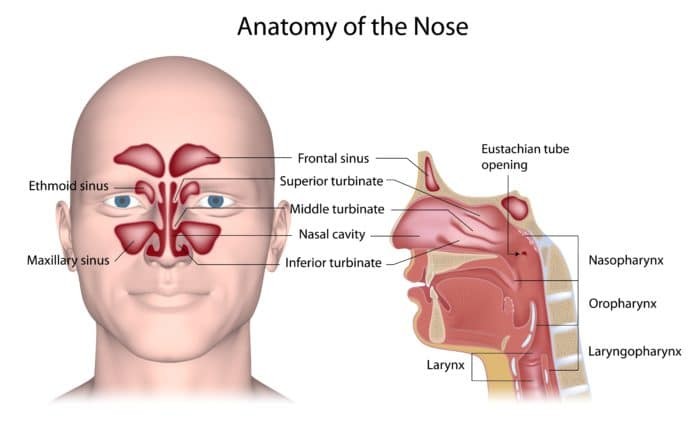
Sinus squeeze often occurs in freedivers who are diving with a cold or congestion. It is caused by being unable to equalize the pressure inside any of the four pairs of sinuses in our skull. When air pressure is not equalized, a vacuum develops in the sinus cavity, which can cause pain or pressure in the forehead, teeth, cheeks, or eyes, and may cause the nose to bleed. Sometimes, individuals can have a sinus squeeze without any pain at all; they just arrive to the surface with a mask full of blood. If any of these symptoms occur, the freediver should stop diving for a few days to let the cold or congestion dissipate. Some freedivers dive after taking antihistamines or decongestants, but this is not recommended as the side effects are not conducive to freediving.
Trachea Squeeze
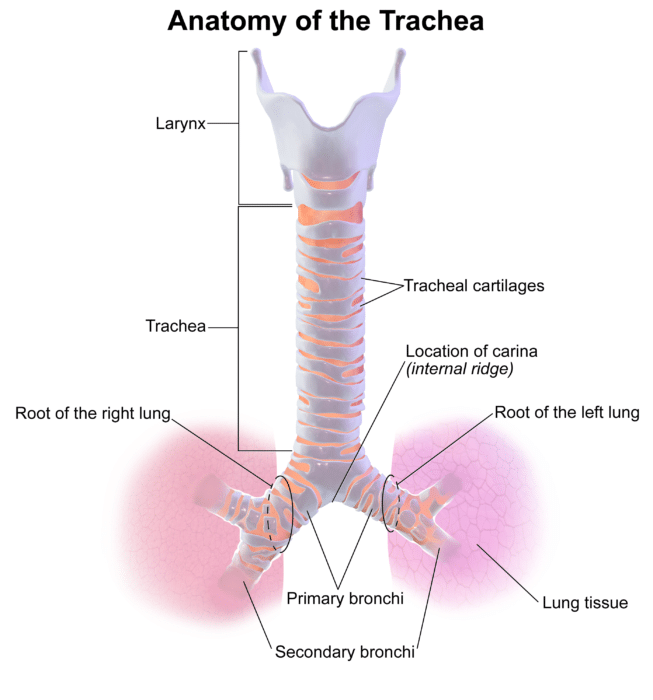
Also called throat squeeze, trachea squeeze is very common amongst freedivers. The trachea is the tube running down our throats, which is comprised of cartilage rings that hold the trachea open. If the negative pressure becomes too high, blood vessels along the walls of the trachea can rupture and cause bits of blood in your sputum. Trachea squeezes are commonly caused by extending the neck at deep depths, whether it is looking for the bottom weight at the end of the line on descent or looking up to the surface on ascent. If you see blood in your sputum, feel a tickle in your throat, or feel the urge to cough when you take a full inhale (and a lung squeeze has been ruled out), it is recommended to stay dry for at least 3 days.
Lung Squeeze
Lung squeezes in freediving refer to damage or injury to the lungs as a result of the effects of increased pressure on the closed gas spaces of the lungs during breath-hold diving. Medically, it is known as lung barotrauma that occurs on descent. This can happen after a freediver reaches their residual volume (20-25%) of their lungs, usually between 30-45m (98-147ft). If a freediver has a flexible ribcage and diaphragm, good posture, a strong blood shift, avoids jerky movements or stretching out at depth, stays relaxed, and dives conservatively with slow progression, lung squeezes can be avoided.
Symptoms of a lung squeeze can include chest pain, shortness of breath, wheezing, the sensation of fluid in the lungs, fatigue, coughing, faintness, dizziness, weakness, and nausea. The freediver might cough up blood or pink foam, be disorientated, lose consciousness, or go into cardio-respiratory arrest. This can eventually lead to death. If a freediver experiences a lung squeeze, they should immediately stop diving, stop any physical activity, and be towed back to land, breathe 100% medical oxygen if available, and see a physician immediately. It is vital to heal completely before going back into the water to avoid squeezing again.
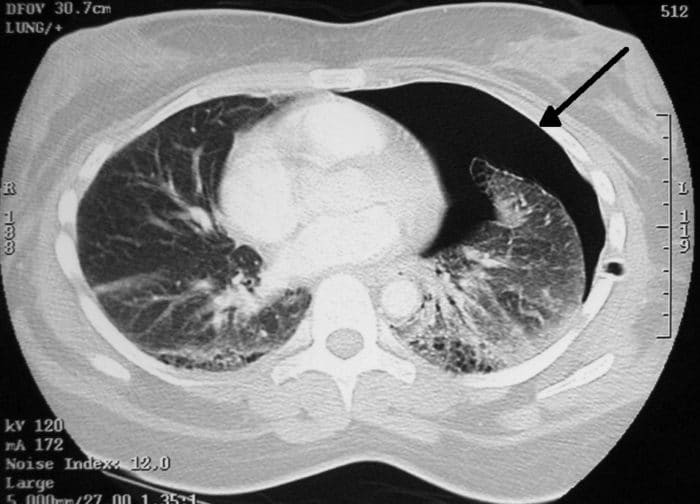
Lung-packing in freediving comes with its own risks. Incorrect packing methods can also cause pulmonary barotrauma, arterial gas embolism (AGE), lung overexpansion, lung bleeding, and pneumothorax, which is why packing is not recommended unless you are a professional or an athlete.
Final thoughts
The deeper you freedive, the higher the risk of injury runs. Freediving may seem completely natural at shallower depths, but there are specific techniques, stretches, and considerations to be taken as your body gets subjected to more pressure. This is why understanding physics related to freediving is important, and why certified courses or learning from a professional coach is essential as you advance in depth. The risk of these injuries can be greatly diminished or even avoided with proper technique, experience, and always diving healthy with a certified buddy.

